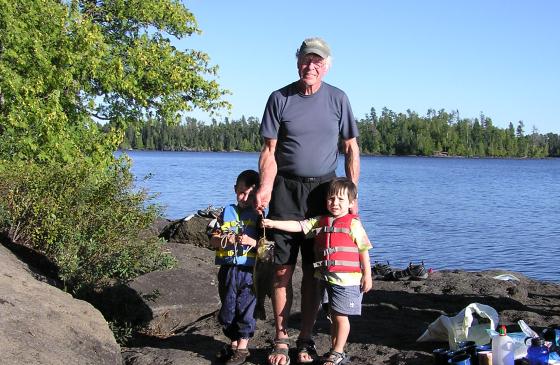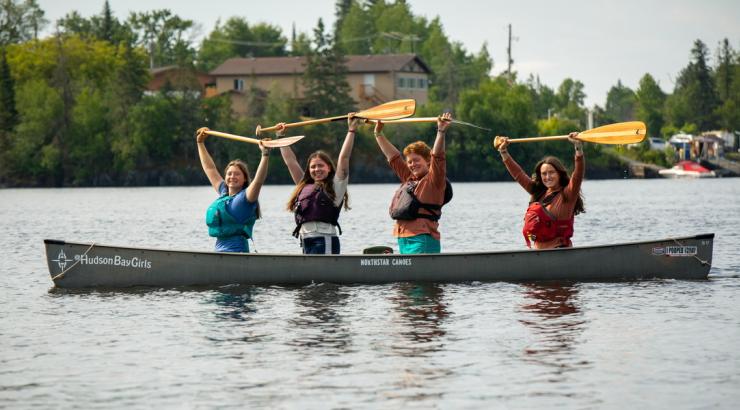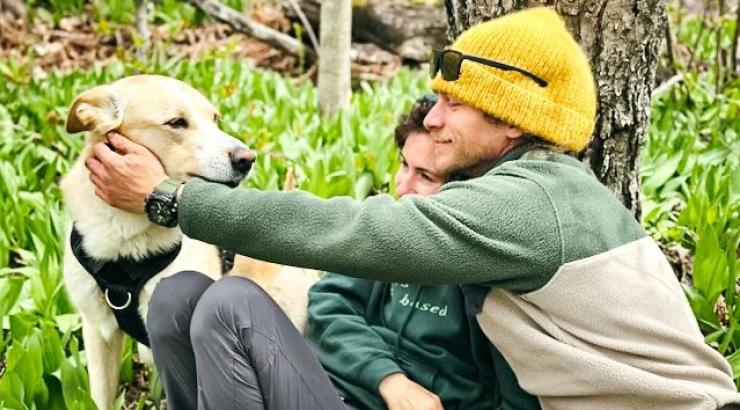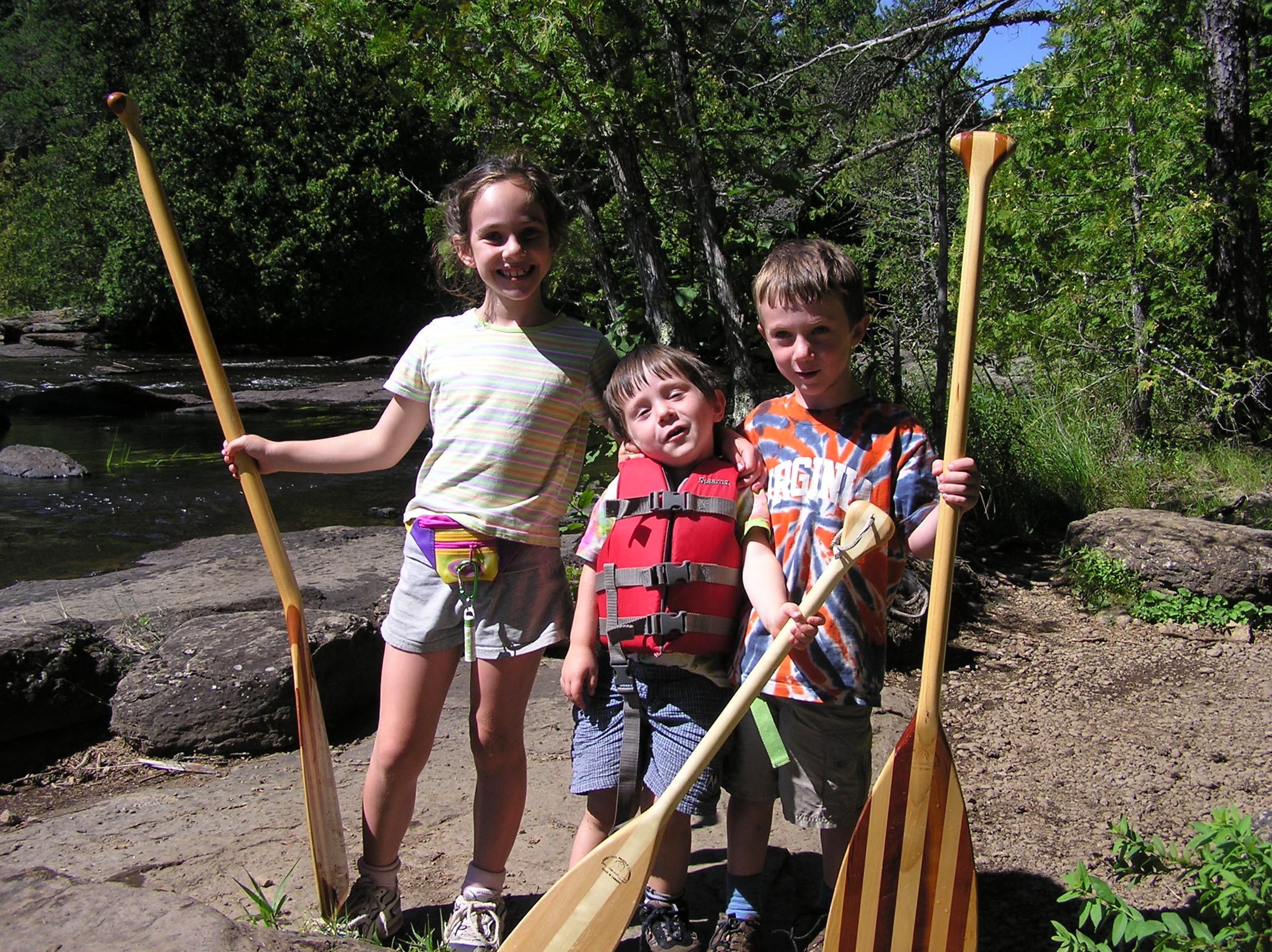 I can still picture the living room floor in my childhood home covered with bags, each containing a specific meal for the trip ahead. These handmade cloth pouches were telltale sign of an impending adventure -- BWCA time! Childhood trips with my family fueled the passion in me that eventually led the way to summers of guiding canoe trips as a college and medical student. What better way in the world is there to spend a summer than in the woods? The endless lakes of varying character and personality, crystal clean water from which to drink, coffee enjoyed while sitting on the rocks, campfires, fresh fish, blueberries, crispy swims, rainy days, starry nights, northern lights. Those summers became engraved in my DNA.
I can still picture the living room floor in my childhood home covered with bags, each containing a specific meal for the trip ahead. These handmade cloth pouches were telltale sign of an impending adventure -- BWCA time! Childhood trips with my family fueled the passion in me that eventually led the way to summers of guiding canoe trips as a college and medical student. What better way in the world is there to spend a summer than in the woods? The endless lakes of varying character and personality, crystal clean water from which to drink, coffee enjoyed while sitting on the rocks, campfires, fresh fish, blueberries, crispy swims, rainy days, starry nights, northern lights. Those summers became engraved in my DNA.
As I met the man I eventually married, he of course needed to pass “the BWCA test.” Despite the perils of a mosquito-infested first trip, he passed the test and grew to love the wilderness as well. He paddled in to our wedding site, where I waited on the banks of a northern lake, wearing a white dress with flowers in hand. We honeymooned on nearby BWCA lakes.
Our first child took her first trip when she was six months old, and her two younger brothers followed suit. Ample chocolate filled the food pack for many years, to ensure the trip would be fun and treat filled for all. The strategy worked. Family BWCA adventures have become a staple in summer.
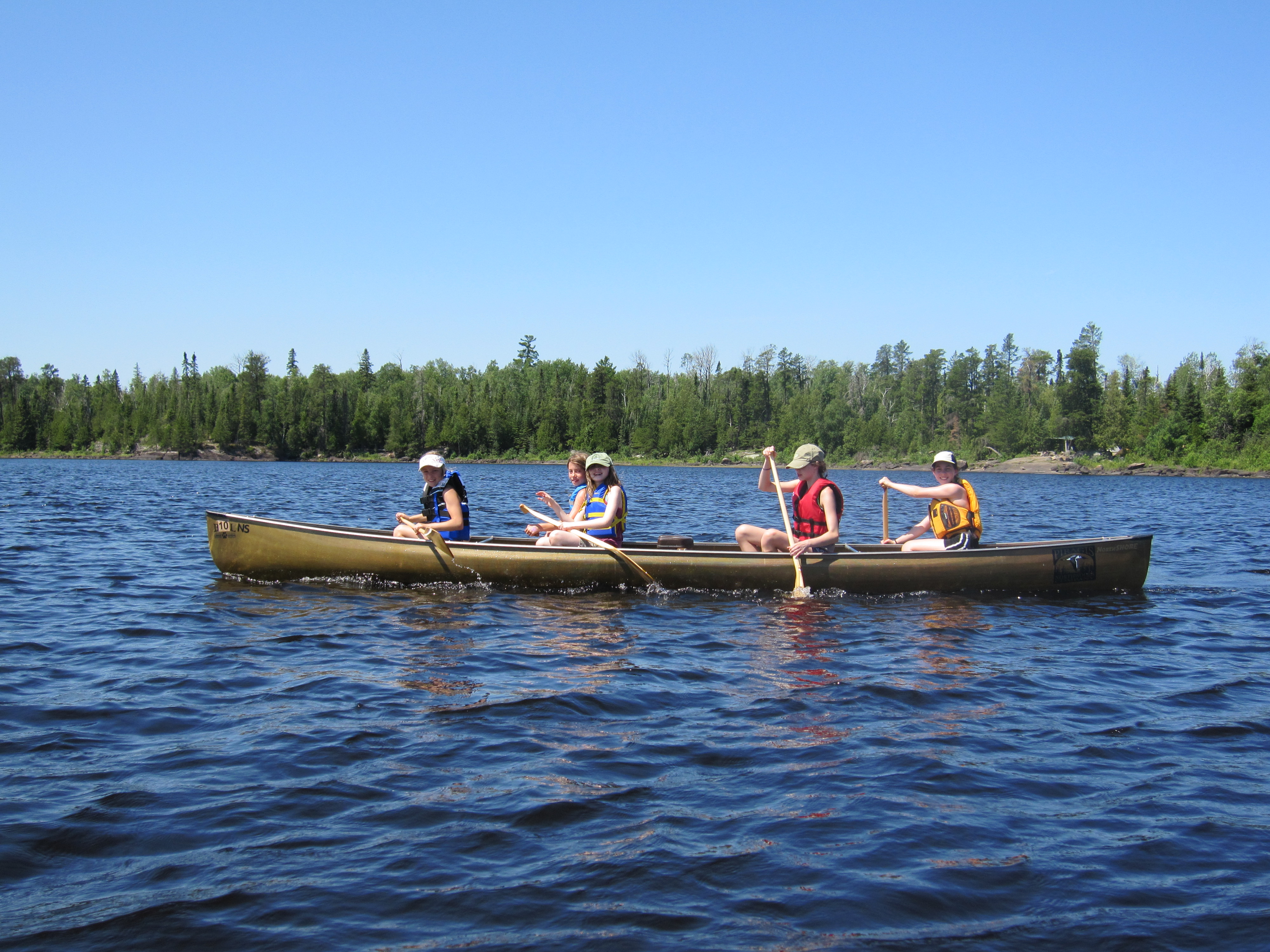 My daughter and I now have annual mother-daughter trips with a group of mother-daughter friends. Girls who were in kindergarten and barely able to hike over portages without tears can now out-paddle and out-portage their mothers. The BWCA: Pristine. Ageless. Timeless. Soul-filling. Strength and character-building. Treasure.
My daughter and I now have annual mother-daughter trips with a group of mother-daughter friends. Girls who were in kindergarten and barely able to hike over portages without tears can now out-paddle and out-portage their mothers. The BWCA: Pristine. Ageless. Timeless. Soul-filling. Strength and character-building. Treasure.
Perhaps I was naïve to assume that the Boundary Waters would always be the sanctuary that it’s been. Given that the BWCA is the most visited wilderness area in the country, I assumed uncompromised protection. It’s not so simple. If one looks at a mining prospecting map of northern Minnesota, it is a polka-dotted blueprint of that which imposes on the boundary of this pristine wilderness. The Duluth Complex: a vast swath of mineral-containing rock, worth billions to the mining industry, embedded under the surface of our northern Minnesota soil and water. The region is no stranger to mining.
But one needs not dig too deeply to realize that sulfide-ore mining is a much different type of mining than anything done within our borders up until now. Once sulfide-containing rock is extracted and exposed to air and water, it becomes a potential source of acid mine drainage for centuries. I have been unable to find evidence of a sulfide mine in existence that has not had significant deleterious affects to the surrounding waters and ecosystem. Couple this reality with the water-rich geography of northern Minnesota and it’s hard not to be concerned. Current proposals underway would put our last mother-daughter trip campsite on the Kawishawi River at ground-zero for acid mine drainage. The thought is quite sobering.
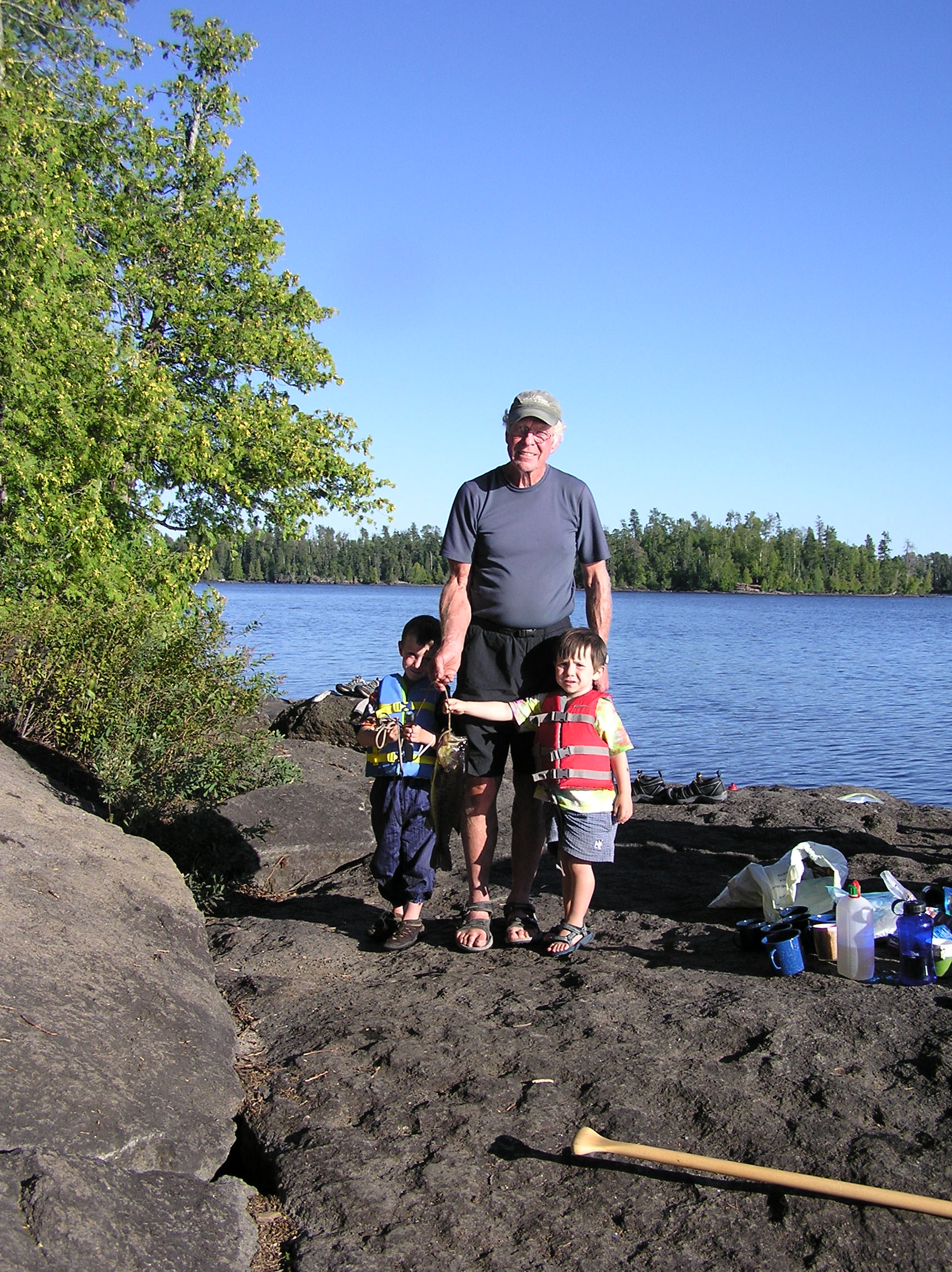 As a physician, the concerns run even deeper. The World Health Organization lists the Top Ten Environmental Toxins of Greatest Risk to Human Health. Of these 10, at least five of these are known toxins released from sulfide mining: mercury (as well as the sulfides released that methylate mercury already in the environment to its more toxic form- methylmercury), arsenic, lead, manganese and air pollution.
As a physician, the concerns run even deeper. The World Health Organization lists the Top Ten Environmental Toxins of Greatest Risk to Human Health. Of these 10, at least five of these are known toxins released from sulfide mining: mercury (as well as the sulfides released that methylate mercury already in the environment to its more toxic form- methylmercury), arsenic, lead, manganese and air pollution.
More and more medical literature is connecting the dots between environmental toxins and the eventual effects on human health. Take the Lancet article from February 2014 as one of many examples: “Neurodevelopmental disabilities, including autism, attention-deficit hyperactivity disorder, dyslexia, and other cognitive impairments, affect millions of children worldwide, and some diagnoses seem to be increasing in frequency. Industrial chemicals that injure the developing brain are among the known causes for this rise in prevalence …. we identified five industrial chemicals as developmental neurotoxicants: lead, methylmercury, arsenic ….”
We can no longer separate toxic assaults to our environment from eventual potential effect to human health. Suffice it to say, a much longer blog post would be needed to address each of the specific toxins, the known deleterious effects to human health, and the risks to each vulnerable population: unborn fetuses, children, on site-workers, nearby residents, and frequent utilizers of the Boundary Waters. We do know, however, that effects will be insidious and that the generations to come will be the ones paying the price.
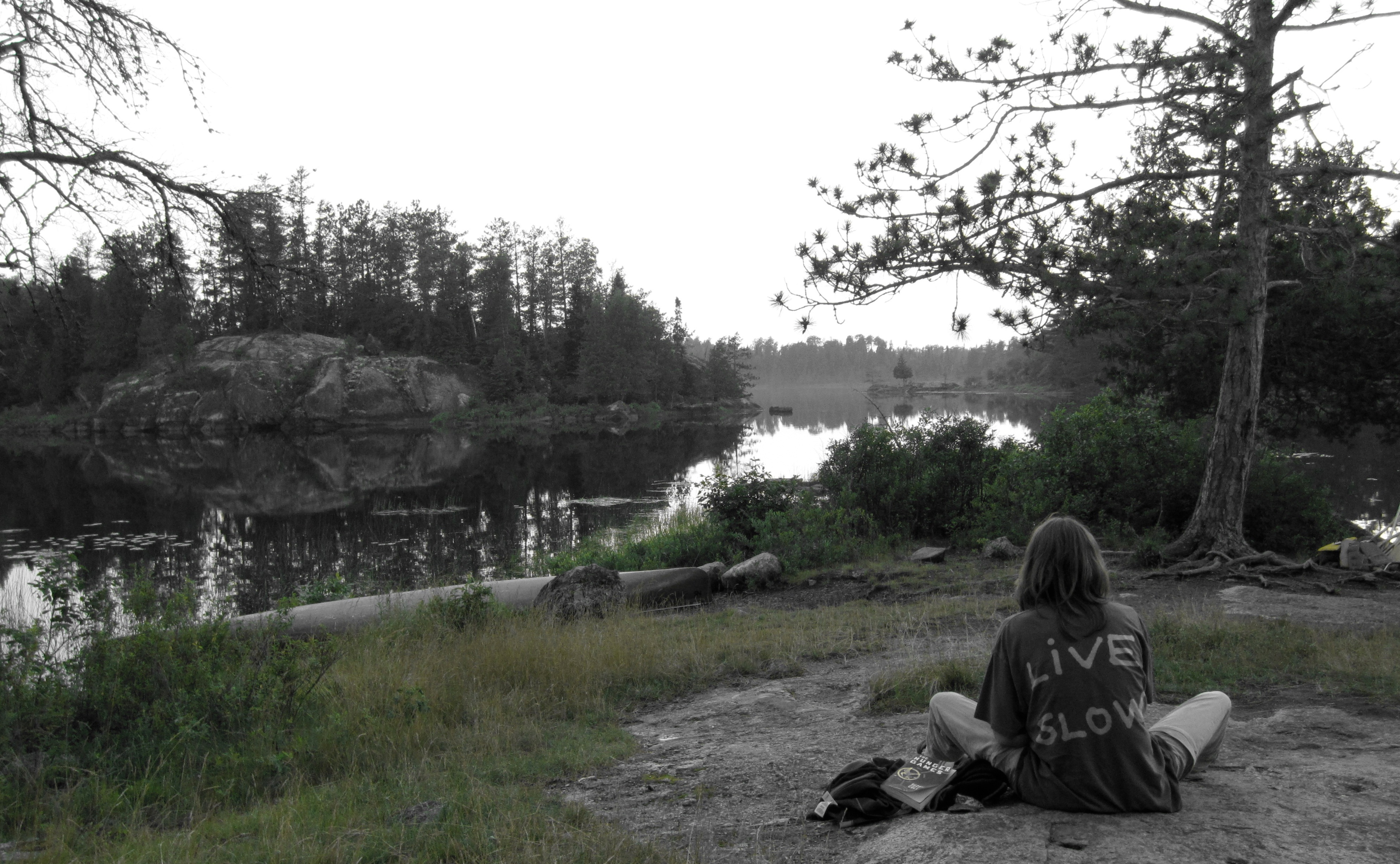 It is not possible to mine to the border of one Boundary Waters lake, and continue to drink straight out of the water and eat the fish out of the next for decades to come without effect. Our treasured wilderness, and the environmental and human health that go hand-in-hand, is at risk. There are some things too precious to compromise. As my own kids have caught fish, swam, paddled, and portaged alongside their grandparents, my hope includes doing the same with my grandchildren in decades to come. Perhaps best summarized in the wise words of Sigurd Olson: “Not only has wilderness been a force in molding our character as a people, but its influence continues, and will, if we are wise enough to preserve it on this continent, be a stabilizing power as well as a spiritual reserve for the future.“
It is not possible to mine to the border of one Boundary Waters lake, and continue to drink straight out of the water and eat the fish out of the next for decades to come without effect. Our treasured wilderness, and the environmental and human health that go hand-in-hand, is at risk. There are some things too precious to compromise. As my own kids have caught fish, swam, paddled, and portaged alongside their grandparents, my hope includes doing the same with my grandchildren in decades to come. Perhaps best summarized in the wise words of Sigurd Olson: “Not only has wilderness been a force in molding our character as a people, but its influence continues, and will, if we are wise enough to preserve it on this continent, be a stabilizing power as well as a spiritual reserve for the future.“
Now is the time to raise our voices, to assure that this beloved wilderness can continue to be a stabilizing power and spiritual reserve for all, long into the future.
Dr. Jennifer Pearson is a family medicine physician from Duluth.
